| |
The Berlin Airlift

PRELUDE TO CONFLICT
At the end of WWII, a defeated
Germany was divided amongst the victors, the United States, the
Soviet Union, Great Britain, and France. The Soviet Union took
control of the Eastern half of Germany, the Western half was divided
amongst the US, Great Britain, and France. Like the rest of the
country, the capital city of Berlin, sitting dead in the middle of
the Soviet-controlled Eastern half, was also divided
into four parts, one half being Soviet controlled, and the rest
divided amongst the others. A four-power provisional government,
called the Allied Control Council, was installed in Berlin. This
union of governments was to control and rebuild the city of Berlin.

By 1948, it became apparent that the Western Powers (Great Britain,
France, and US) plan to rebuild Germany differed from the Soviet
Union's plan. Currency, German Unification, Soviet War reparations,
and mere ideology were among the many differences the two sides
had. There would be no compromise. As a result, Stalin wanted them
out of Berlin. In early 1948, tensions between the once former
Allies climaxed. On April 9, 1948, Stalin ordered all American
Military personnel maintaining communications equipment out of the
Eastern Zone (Soviet controlled Berlin). Trains were halted on June
1and June10. On June 21, the Soviets halted a US Military Supply
Train and refused it passage to Berlin. On the 22nd, they placed
armed guards aboard, attached a Soviet engine and hauled it back to
Western Germany. In a final move to spurn the Americans, British,
and French out, on June 24, 1948, all land and water access to West
Berlin was cut off by the Soviets. There were to be no more
supplies from the West. What was going to happen? Where were the
necessary supplies going to come from for the Occupation Forces?
For that matter, where were the supplies for the 2,008,943 Berliners
going to come from? It was a grave situation.
   
General Lucius Clay
Sir Brian Robertson
General Curt LeMay
Brig. General Joseph Smith
The Allies were certainly not going to stand for this. Diplomacy
failed, Ground invasions were planned, and World War 3 was on the
brink of existence. US Military Commander Lucius Clay had developed
a plan by which an armed convoy through Soviet Controlled Germany
would break the blockade. This action would certainly create a war.
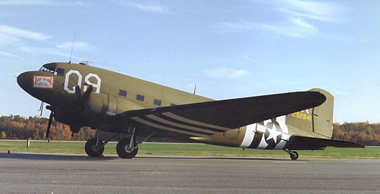
A Douglas C-47, the military version of the
DC-3. It is capable of hauling 3.5 tons of cargo.
MEAGER BEGINNINGS
However, British Commander Sir Brian
Robertson offered an alternative: supply the city by air. A
daunting task. Supplying the Occupation forces of 2,2679 was easy,
but the entire population? The only aircraft the Americans had
available for the task were 5 year old Douglas C-47 Skytrains, which
would only hold 3.5 tons each. After some consultation, the
decision was made: it was worth a try. Earlier in April, US Forces
airlifted in supplies to replace the ones being delayed by the
Soviets. This was what became known as the "Little Lift". West
Berlin had two airports, Tempelhof, which was Berlin's main airport
and located in the American Sector, and Gatow, in the British
Sector. Supplies could be airlifted in by C-47 and there was
nothing the Soviet Union could do about because, in 1945, someone had
foresight. On November 30, 1945, it was agreed, in writing, that
there would be three 20-mile wide air corridors providing access to
the city. These were unarguable.
When the blockade began, the Soviets rejoiced, because they believed
the Western powers had only one option, to leave Berlin. But they
underestimated the West airlift supplies. Gen. Clay called upon
General Curtis E. LeMay, commander of USAFE and asked him if he
could haul supplies to Berlin. LeMay responded, "We can haul
anything". Two days later Gen. LeMay called upon Brig. Gen. Joseph
Smith, Commander of the Wiesbaden Military Post, and appointed him
Task Force Commander of an airlift operation estimated to last a few
weeks. The only US aircraft initially available were 102 C-47's and
2 C-54 Skymasters. On June 26, the first C-47's landed at Tempelhof
Airfield, foreshadowing the great operation that was to come. Smith
dubbed the mission "Operation Vittles", because he said "We're
haulin' grub." The British called their part "Operation Plane
Fare".
It was determined that the city's daily food ration would be 646
tons of flour and wheat; 125 tons of cereal; 64 tons of fat; 109
tons of meat and fish; 180 tons of dehydrated potatoes; 180 tons of
sugar; 11 tons of coffee; 19 tons of powdered milk; 5 tons of whole
milk for children; 3 tons of fresh yeast for baking; 144 tons of
dehydrated vegetables; 38 tons of salt; and 10 tons of cheese.
In total, 1,534 tons were needed daily to keep the over 2 million
people alive. That's not including other necessities, like coal
and fuel. In fact, the largest quantity of anything required was
coal. It wasn't needed to heat homes as much as it was necessary
for industry. In addition, there was limited electricity, because
the city's power plant was located in the Soviet sector, so that was
cut off, too. It was determined that in total supplies, 3,475 tons
would be needed daily. A C-47 can haul 3.5 tons. In order to
supply the people of Berliners, C-47's would have to make 1000
flights each day. Impossible.
Initially, Gen. Clay determined that, with the limited number of
airplanes available to him, he could haul about 300 tons of supplies
a day, the British effort, was estimated to be capable of 750 tons a
day. This leaves a 2,425-ton deficit daily. Realizing that this
kind of tonnage could not be achieved using C-47's, Gen. Clay and
Gen. LeMay made requests for more C-54's, for they could carry over
three times more cargo than C-47's. On June 27, an additional 52
Skymasters were ordered to Berlin.

A Douglas C-54 Skymaster. It was capable
of hauling 10 tons, almost 3 times as much cargo as its predecessor,
the C-47.
This particular C-54 called "Spirit of
Freedom" TM, is currently operated by the Foundation as a flying museum
about the Airlift.
On June 28, President Truman made a statement that abandoning Berlin
was out of the question. He then ordered US B-29 Superfortresses to
be stationed at British airfields to show the Soviets that the
Western powers were not taking this lightly. We would not
abandon these people!
By July 1, C-54's were slowly taking over airlift flights, and they
were operating 24 hours a day. Rhein-Main Air Base in Frankfort was
made exclusive C-54 base, and Wiesbaden was a mix of C-54's and
C-47's. To accommodate these two different aircraft, General smith
established a block system, giving the bigger, faster C-54's
priority. They were also given radio codes to identify each type
and the direction it was going. C-47's going East to Berlin were
called "Easy", returning C-47's traveling West, were called
"Willie". C-54's had the names 'Big Easy' and "Big Willie".
Aircraft were also given a spacing of three minutes apart.
The size of the operation had to be increased in order to
sufficiently supply this city and keep these people going. It
needed to be commanded by someone who had expertise in air
transport. That man came in the form of Maj. General William H.
Tunner. He was revered as "The transportation expert to end all
transportation experts" by LeMay. Tunner had previously established
the Ferrying Command in WWII, and successfully organized and
commanded the "Hump" operation into China near the end of the war.
His reputation was not falsely earned. Tunner hated to see
airplanes parked on the ramp not being utilized. This was a waste to
him. He longed for efficiency and was about to set the standard for
all that followed.
Lt.
Gen. William H. Tunner:
directed
Berlin Airlift operation
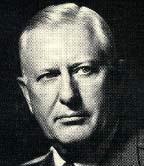
A native of New
Jersey and son of an immigrant father, General Tunner was awarded
an appointment to West Point upon his graduation from Roselle High
School. He was one of 77 cadets in his West Point graduating class
who chose flying as his military career. He joined an Air Force
which had literally no transport aircraft and no airlift strategy,
planning or capacity. During his career which spanned two wars, he
created the Ferrying Command which flew new aircraft to our allies
in Europe and the Middle East, and developed the Air Transport
Command in its famous Hump operation over the Himalayas to China.
We honor him in the Air Cargo Hall of Fame for his outstanding
performance in command of the Berlin airlift which established the
cargo airplane as an effective freight mover in an unprecedented
demonstration of efficiency and productivity. For 13 months, the
aircraft under his planning and direction supplied an isolated
Berlin- a city under siege- with every product necessary to keep
the city and its more than a million inhabitants alive. Coal,
heating oil, medicines, food and necessary supplies were airlifted
into Berlin in an endless stream of transport aircraft operating
at 2 minute intervals day and night in every kind of weather. The
Berlin Airlift was a live demonstration on the future of the Air
Cargo Industry.
BLACK FRIDAY
Tunner assumed command of airlift operations on July 28, 1948. The
airlift had been operating for just over a month. One of the first
major changes he made came as a result of "Black Friday". On
Friday, August 13, Tunner flew into Berlin to grant an award to Lt.
Paul O. Lykins, and airlift pilot who had made the most flights into
Berlin up until that time. Weather that day was awful, and
conditions in Berlin were impossible. Clouds had lowered to the
tops of buildings and heavy rain had disrupted radar. One C-54 had
crashed and burned at the end of the runway a second landed behind
him and blew its tires trying to stop to avoid hitting the burning
C-54. A third ground looped on the auxiliary runway. Pure havoc
was reigning supreme. Aircraft were beginning to stack up over
Tempelhof and a huge number of airplanes were circling stacked from
3000 to 12000 feet in no visibility conditions. These conditions
spur red Tunner to make a fateful decision. He called the tower. "Tunner
here, send everyone back to their base and let me know when it's
safe to come down". To avoid this stacking problem, a new policy
was created. Any aircraft that missed its approach was to continue
back to its station via the outgoing center corridor. This created
a continuous loop of planes to and from Berlin. If a pilot missed
his approach, he would immediately become a departure and head back
to his base. The loaded aircraft would get a fresh crew and be sent
back as a regular flight. In addition, all aircraft were required
to fly by instrument rules to maintain the same speed, interval and
altitude. This almost eliminated accidents and became the key to
the success of the operation.
Another essential decision was to standardize aircraft, parts, and
procedures. It was decided to base these around the C-54. One of
the reasons was that it took just as long to unload a 3-1/2 ton C-47
as it did to unload a 10-ton C-54. One of the reasons for this was
the slanted floor made truck loading difficult, whereas the C-54 was
level and a truck could back up to it and cargo could be unloaded
fast. In addition, no pilot was to be away from his aircraft.
General Tunner had seen many aircraft sitting idle, loaded and
waiting for their crews to return from inside the terminal. He
thought this to be a great waste of resources, therefore the order
was sent that no pilot should be away from his aircraft from the
time it landed until the time it took off from Berlin. Weather and
up to date information was brought out to the aircraft while they
were being unloaded, so the crews didn't need to go inside the
terminal. In addition, several trucks were outfitted as mobile
snack bars and staffed by some of the prettiest Berlin girls. This
enabled the crews to get coffee, a snack or other goods without
having to leave the airplane. This reduced the average turn around
time from landing to departing to about 25 minutes.

LIFE FOR THE BERLINERS
Life for the Berliners was hard. In the beginning, there was about
a month's worth of supplies to be had, but stockpiles were
dwindling. The airlift had not reached its predicted consumption
rate yet, and starvation was near. In addition, when the winter of
1948-49 hit, there was little fuel to run the remaining industry,
let alone heat the homes. Berliners soon found themselves chopping
down all of the trees in the city for fuel, and learning what
grasses could be eaten for food. In addition, people rummaged
through garbage cans for food, but soon found that there was very
little of that to go around. It was a dire circumstance, but still
they knew that their suffering in this manner would be better than
succumbing to Soviet control. They had seen the treatment the
Soviet soldiers had given them when they arrived. They were
stealing everyone's valuables, systematically stripping the industry
and all of the necessary equipment and shipping it back to Moscow.
In addition, German wives and daughters were being raped and abused
all of the time. German scientists and engineers were forcibly sent
to Moscow and forced to reveal all of the German technological
secrets. Starvation was far better than that treatment. When it
was decided that an airlift would be attempted, Berlin's Lord Mayor
Ernst Reuter held a public rally in support of the effort. Germans
would suffer and sacrifice to make it work. The German resolve was
strong, even in such a desperate situation.
GERMAN VOLUNTEERS
One of the biggest problems during the airlift was the lack
of manpower. It was decided to use the very people who the airlift
was helping, the Berliners themselves. There was no lack of supply
as they were eager to help because it was all for them anyway. In
addition those who helped got an extra ration.
This was very important to them, as the allotted ration was very
small. It also gave the people a great sense of pride that they
were helping the effort. So, soon German volunteers were used for
unloading crews at Tempelhof. They would board the aircraft as soon
as it stopped and commence unloading. If the crews did an
especially good job, they might get a reward, such as a pack of
cigarettes or an extra ration. This became quite the incentive, as
the record for unloading 10-tons of coal was set at 10 minutes.
Another large problem was the lack of skilled mechanics. There just
weren't enough mechanics to keep a fleet of C-54's maintained so
that there could be no disruption in the conveyor belt of supplies
to Berlin. They needed people to perform inspections, repairs,
engine replacements, cleaning and servicing these aircraft. General
Tunner had a solution to that problem, too. There were a large
number of skilled former Luftwaffe mechanics available right in
Berlin. It was decided to create crews comprised of these men, an
American Maintenance supervisor and an interpreter. Soon the
manpower was there. Soon, any aircraft that wasn't being fixed,
inspected, or overhauled was flying the corridors. A far cry from
the beginnings.

FLYING THE CORRIDORS
Pilots flying in the corridors encountered numerous
problems; one was the erratic German weather. Weather changed so
often that it was not uncommon to leave a base in West Germany under
ideal conditions, only to find impossible conditions in Berlin.
What made it even more treacherous was the approach to Tempelhof.
In order to land there, a pilot had to literally fly between the
high rise apartment buildings at the end of the runway so he could
land. A second runway required a steep drop over a building in
order to land soon enough so there was enough runway for braking.
All these conditions plus a fully loaded C-54 with a 10 ton cargo
load were more than enough for any pilot to handle, especially
during the German winter.
Unfortunately, that wasn't all the pilots had to deal with. The
Soviets constantly harassed the pilots during the operation.
Between 10 August 1948 and 15 August 1949, there were 733 incidents
of harassment of airlift planes in the corridors. Acts of soviet
pilots buzzing, close flying, shooting near, not at airlift planes
were common. Balloons were released in the corridors, flak was not
unheard of, radio interference and searchlights in the pilots' eyes
were all forms of Soviet harassment in the corridors. However, this
did not stop the pilots, the planes kept chugging on in. In spite
of all these acts of harassment, no aircraft was shot down during
the operation. That would have started a war, and the Soviets did
not want that, especially with B-29's stationed in England.
Although the B-29's that were there were not atomic bomb capable,
the Soviets did not know that and did not want to find out.
So, the airlift went on. American C-54's were stationed at Rhein-Main,
Wiesbaden, Celle and Fassberg in the British Sector. The British
flew Lancasters, Yorks, and Hastings aircraft. They even used
Sunderland Flying Boats to deliver salt, using Lake Havel in the
middle of Berlin for a base. Every month the tonnage increased and
soon exceeded the daily requirements. Every day, tonnage records
were being set, and the constant drone of airplanes overhead was
music to the Berliners ears. Eventually, rations were increased and
life in West Berlin was improving.
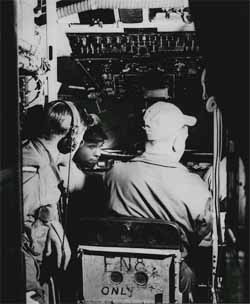
A C-54 Crew consisting of a Pilot, Co-Pilot,
Flight Engineer, and Radio Operator.
Most airlift crews did not use the Radio
Operator and used a 3 man crew instead.
TEGEL
Berlin had only 2 airports at the outset of
the airlift, Tempelhof and Gatow. Soon, it became obvious that a
third was needed. Heavy equipment was needed, but there were no
aircraft large enough to carry bulky items like that. So, it was
cut into smaller pieces, loaded onto one of 5 Fairchild C-82 Packet
aircraft, flown into Berlin, and welded back together again.
Incidentally, a new power plant for Berlin was constructed this way
also. Nevertheless, an area in the French Sector was chosen to
become Tegel Airfield. American, French, and German volunteers
broke ground on august 5th, 1948. Through dedication,
hard work and extreme organization, the first c-54 landed with its
10-ton cargo only a mere three months later. Quite a feat. Tegel,
incidentally, is Berlin's main airport today. There was an obstacle
in the way on the approach to Tegel, however. A Soviet controlled
radio tower caused problems with its proximity to the airfield.
Pleas to remove it went unheard. Finally, on November 20, French
General Jean Ganeval made a decision. If they would not take it
down, he would simply blow it up. So, on December 16, the dynamite
was used. The tower fell, and the obstacle was gone.
"DER SCHOKOLADEN FLIEGER"
OPERATION LITTLE VITTLES

40K JPEG |
General Hoyt S.
Vandenberg, Chief of Staff of the United States Air Force is
shown presenting the 1948 Cheney Award to 1st Lieutenant Gail
S. Halvorsen, USAF, former Berlin Airlift pilot and originator
of Operation Little Vittles while his wife, second from left,
looks on. |
U.S.
Air Force Photograph Negative Number A-35720 AC
National Air and Space Archives Videodisc Number 3B-38771 |
One of the most poignant stories of the Berlin Airlift was
that of one 1st Lt. Gail S. Halvorsen. Halvorsen was
somewhat of an ammeter moviemaker, and on July 17, he decided that
on one of his off days, he would hitch a ride as a passenger on a
C-54 and visit the City he was saving. Once at Tempelhof, Halvorsen
walked to the end of the runway to film some aircraft landings when
he noticed a group of children near the fence watching the planes,
too. He went over to them. They asked questions about the aircraft,
the cargo, how fast it was going and things like that. During this
conversation he noticed that these children, unlike others he had
encountered in Europe as a Ferry command Pilot during the War, did
not ask him for any candy or gum, like others always had. This
struck him funny, and he knew that they were too proud to beg for
such things. Some having been born during wartime had not even
heard of treats like that. He made a fateful decision at that
moment which was to become one of the symbols of the airlift. He
reached into his pocket and found that he had only two sticks of
Wrigley's Doublemint Gum. He remarked that if they did not fight
over it, he would drop some candy to them if they were there the
next day. They agreed, took the sticks of gum and divided it
amongst themselves, some happy to get only a piece of the wrapper.
Before he left them, a child asked him how they would know it was him
flying over. He replied, "I'll wiggle my wings."
True to his word, the very next day, on approach to Berlin, he
rocked the airplane and dropped some chocolate bars attached to a
handkerchief parachute to the children waiting below. Every day,
the number of children would increase and he made several more
drops. Soon there was a stack of mail in Base Ops addressed to
"Uncle Wiggly Wings', "The Chocolate Uncle" and "The Chocolate
Flier".
Halvorsen didn't tell anyone about what he was doing for fear he'd
get in trouble. Then, he was called into his commander and asked
what he was doing. He replied 'Flying, Sir." His commander asked
again, and received the same response. He then pulled out a
newspaper with a picture of Halvorsen's plane and tiny parachutes
trailing behind. Apparently, a newspaper reporter narrowly escaped
being hit on the head with a chocolate bar. His commander wasn't
happy about it, but General Tunner though it was just the kind of
gesture that the operation needed. It was dubbed "Operation Little
Vittles". It continued, and many C-54 pilots participated. Candy
and parachutes were assembled and sent from Chicopee Falls, MA to
assist in the gesture. In the end, over three tons of candy was
dropped over Berlin, some even in the Soviet sector. For this
simple kindhearted gesture, Halvorsen became the most recognized
pilot of the Berlin Airlift.
THE EASTER PARADE
By April 1949, airlift operations were going rather
smoothly, and General Tunner wanted to break up the monotony. He
liked the idea of a big event that would show the capabilities of
his command, as well as give everyone a big morale boost. He wanted
to set a record. In order to do that, much planning was necessary,
and it was decided that on Easter Sunday, the only cargo was to be
coal. In fact general Tunner wanted to shatter all previous
tonnage records set so far. Secretly, coal was stockpiled for the
event. Maintenance schedules were altered so that the maximum
number of planes was available. Everyone put in extra effort for
this special event. From 12:00PM April 15, to 12:00PM April 16,
1949, crews worked overtime to deliver more tonnage than had ever
been delivered in a 24 hour period. When it was over, 12,941 tons
of coal had been delivered as a result of 1,383 flights without a
single accident. As a matter of fact, as a result, the daily
tonnage also increased from 6,729 tons a day before the Easter
Parade, to 8,893 tons per day, an unexpected benefit. This was the
straw that broke the camel's back.

THE END OF THE BLOCKADE
On May 12, 1949, the Soviets capitulated.
The blockade was over. It was decided to continue supplying Berlin
by air in addition to the land routes in order to build up a
sufficient supply of goods. The Airlift officially ended on Sept.
30, 1949, fifteen months after its meager beginnings in June of
'48. In total, the US delivered 1,783,572.7 tons, while 541,936.9
tons were delivered by the British totaling 2.3 Million tons from
277, 569 total flights to Berlin. C-47's and C-54's alone traveled
over 92 million miles in order to do so. These were astounding
figures, considering that in the beginning it seemed impossible to
even try. Nevertheless, even the greatest operation is not without
risk. A total of 101 fatalities were recorded as a result of the
operation, including 31 Americans, mostly due to crashes.
The end of the blockade was unexpected; however, as bigger plans
were made and bigger planes were set to replace the existing fleet
of C-54's. The USAF had already used a C-74 "Globemaster" and one
Boeing YC-97A "Stratofreighter" in the airlift, testing the
feasibility of heavy-lift transports and their use in a continued
operation. The Douglas C-124 "Globemaster II" was coming and the
plan was to use C-97's and 124's to continue the operation without
as many flights. Fortunately, that was not necessary.
  
Boeing C-97 "Stratofreighter" owned by the
Foundation
Fairchild C-82 "Packet"
Douglas C-74 "Globemaster"
THE AIRLIFT'S LEGACY
The most obvious result of this confrontation was the 40-year Cold War with the Soviet
Union, which ebbed with the construction of the Berlin Wall, and the
Korean and Vietnam Conflicts. The US also forged a newfound friendship
with Germany, its former foe, and established the Federal Republic
of Germany as a result. In addition, the North Atlantic Treaty
organization (NATO) was formed as a result of the crisis.
Less politically, our aircraft and airway system we enjoy today was
developed and perfected as a result of the Berlin Airlift. Ground
Controlled Approach or GCA was greatly improved as a necessity for
the aircraft to land in Berlin, and our air traffic control system
is a direct development of that technology. Loading procedures and
maintenance procedures are greatly improved as a result, too.
More importantly, the Berlin Airlift demonstrated the military need
for Air Transport in addition to Bombers and Fighters. A result is
the Air Mobility Command and aircraft like the C-141 Starlifter, the
C-130 Hercules, the C-5 Galaxy, and our newest transport, the C-17
Globemaster III.
All of these political and logistical ideas came as a result of the
resolve of the US, Great Britain, France, and Germany to resist
totalitarian tactics and wage a battle of air transport. This
battle saved over 2.5 million people without firing a single shot.
In a matter of fifteen months in 1948-49, world history was changed
by the greatest humanitarian aviation event in history, the Berlin
Airlift.
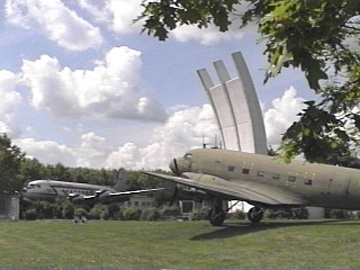 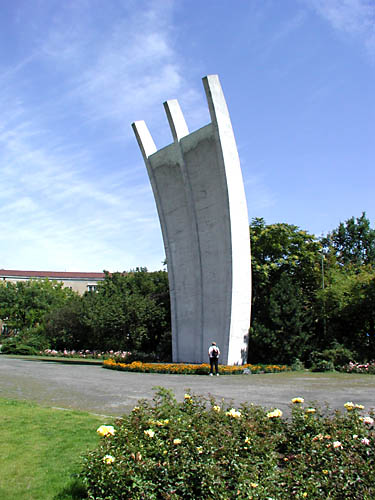
MEMORIALS: The Airlift Memorial at Rhein Main Air Base,
Frankfurt, and on Luftbruckenplatz at Tempelhf Airport in
Berlin. Each prong represents one of the 3
air corridors used during "Operation Vittles", and the names of the
US and British Airmen killed in the process are inscribed on the
base of each.
31 Americans lost their lives
during the Berlin Airlift,
paying the ultimate price for the freedom of others. Let that
not be forgotten.
|

1st Lt George B. Smith
Tuscaloosa, Alabama
|
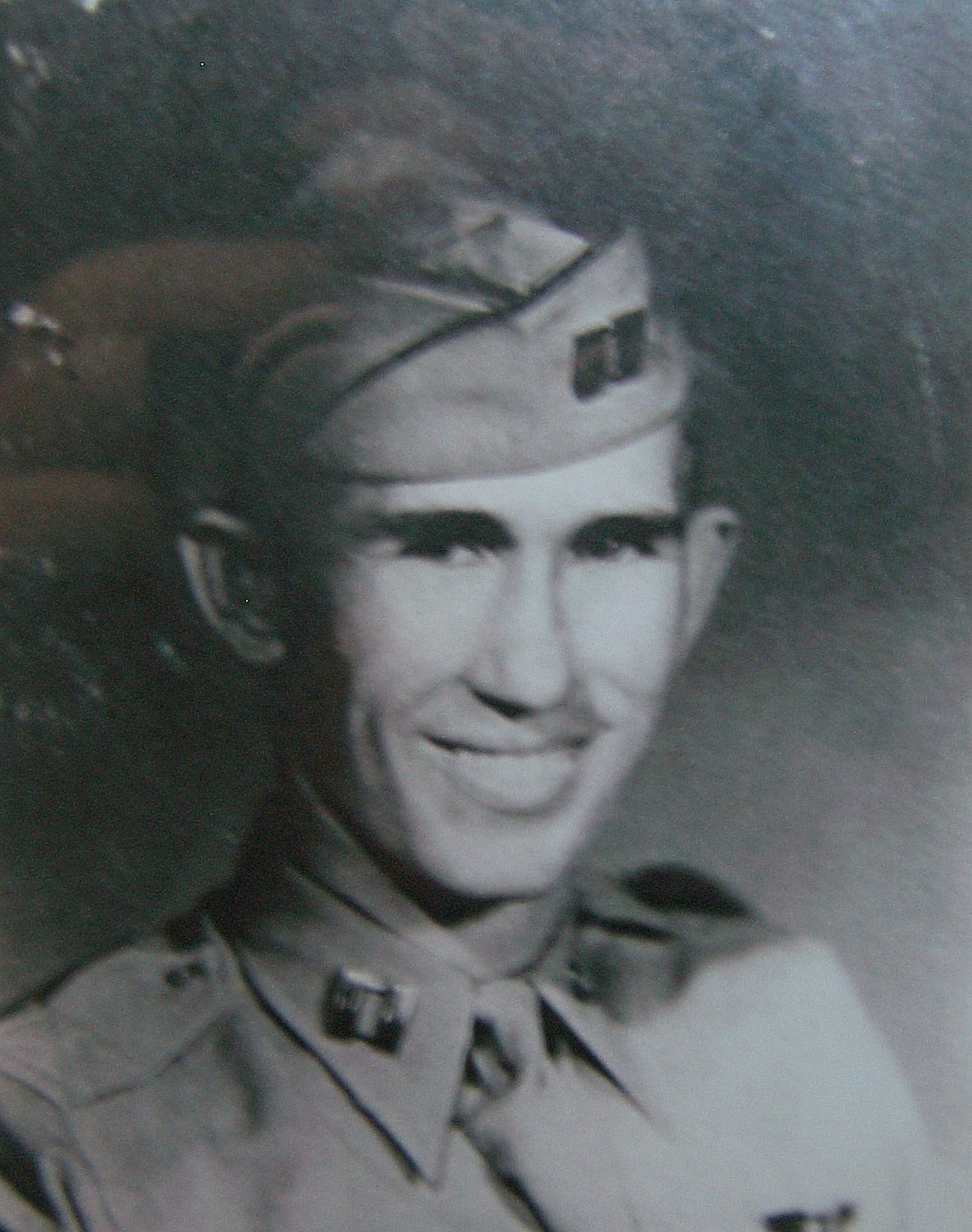
Captain James A. Vaughan
New Haven, Connecticut
|

Cpl Norbert H. Theis
Cunningham, Kansas
|
|
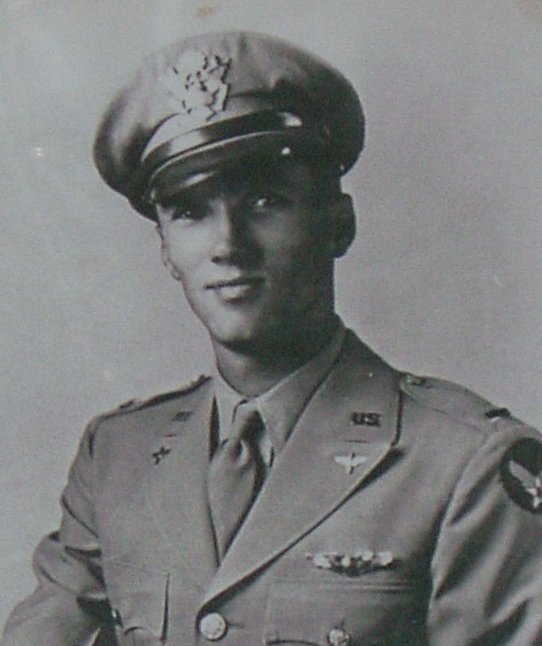
1st Lt Leland V. Williams
Abilene, Texas
|

1st
Lt Eugene S. Erickson
Collinsville, Illinois
|

PFC
Ronald E. Stone
Mt.
Sterling, Kentucky
|
|
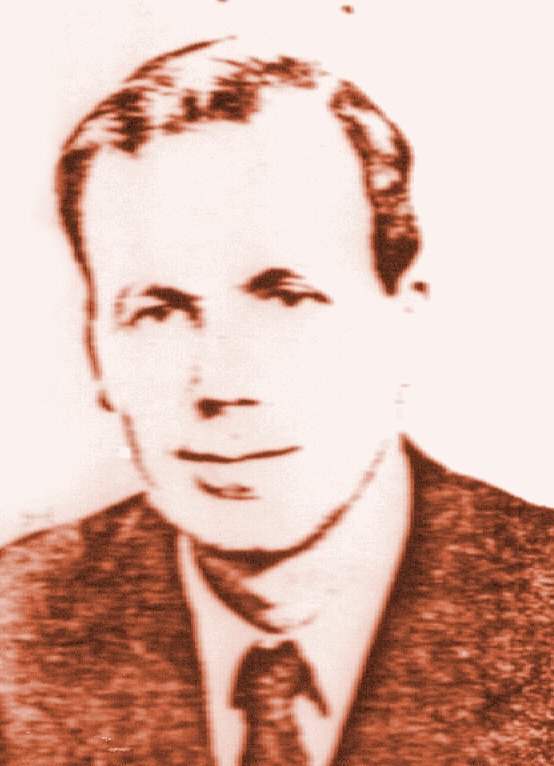
Mr Karl V. Hagen
New York, New York
|
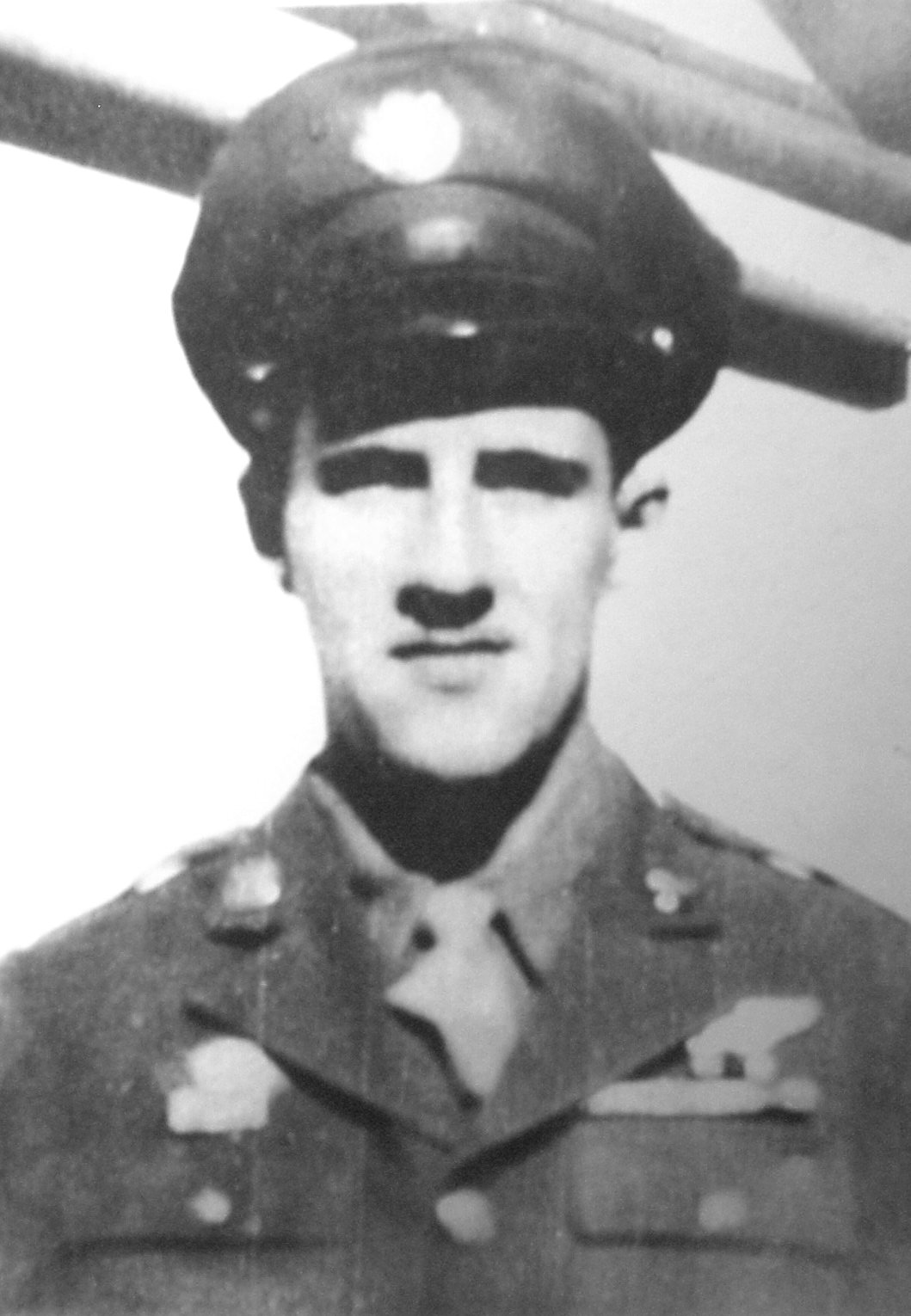
Sgt Richard Winter
Seattle, Washington
|
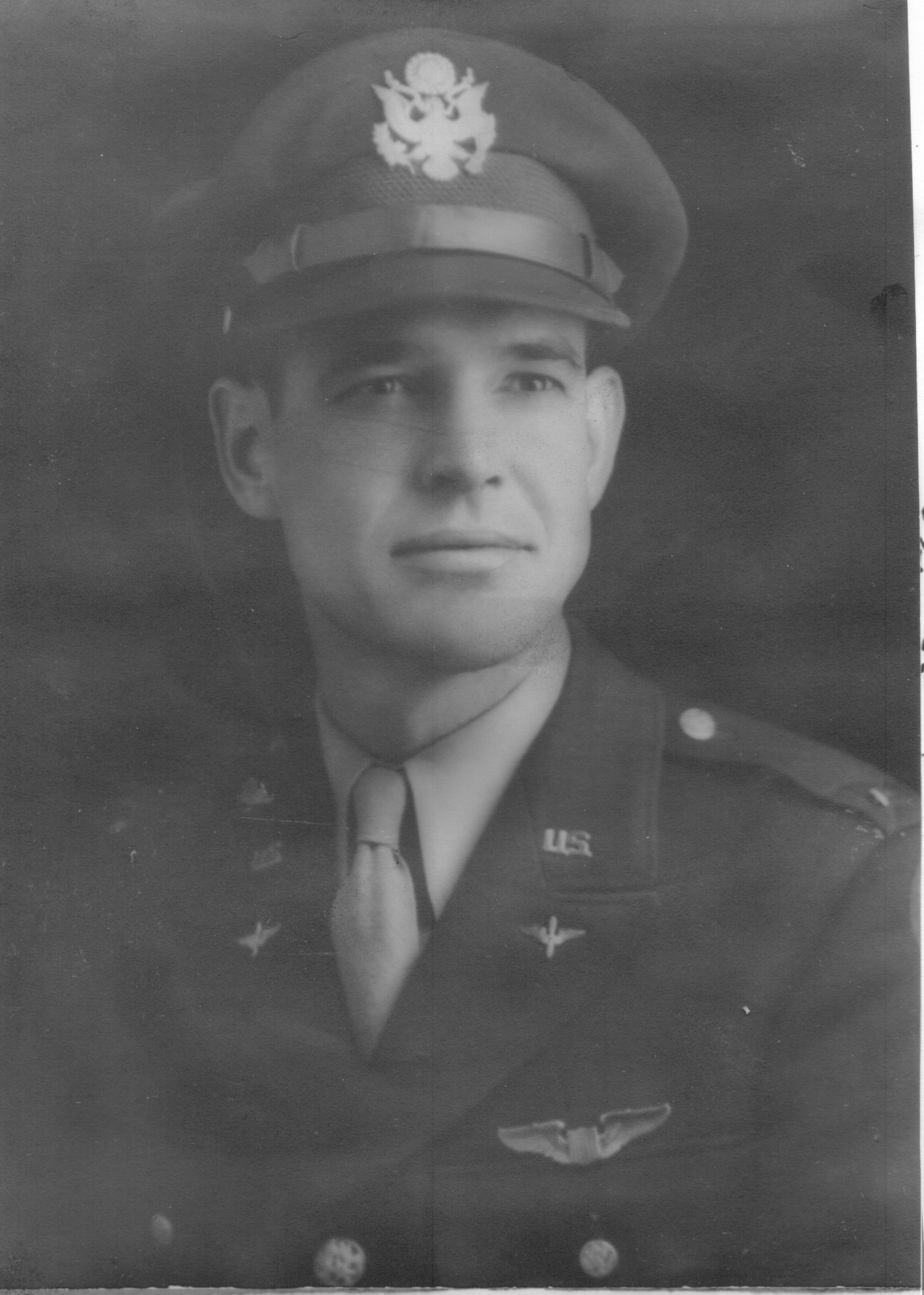
1st Lt Ralph H. Boyd
Fort Worth, Texas
|
|

1st Lt Charles H. King
Britton, South Dakota
|

Captain Billy E. Phelps
Long Beach, California
|
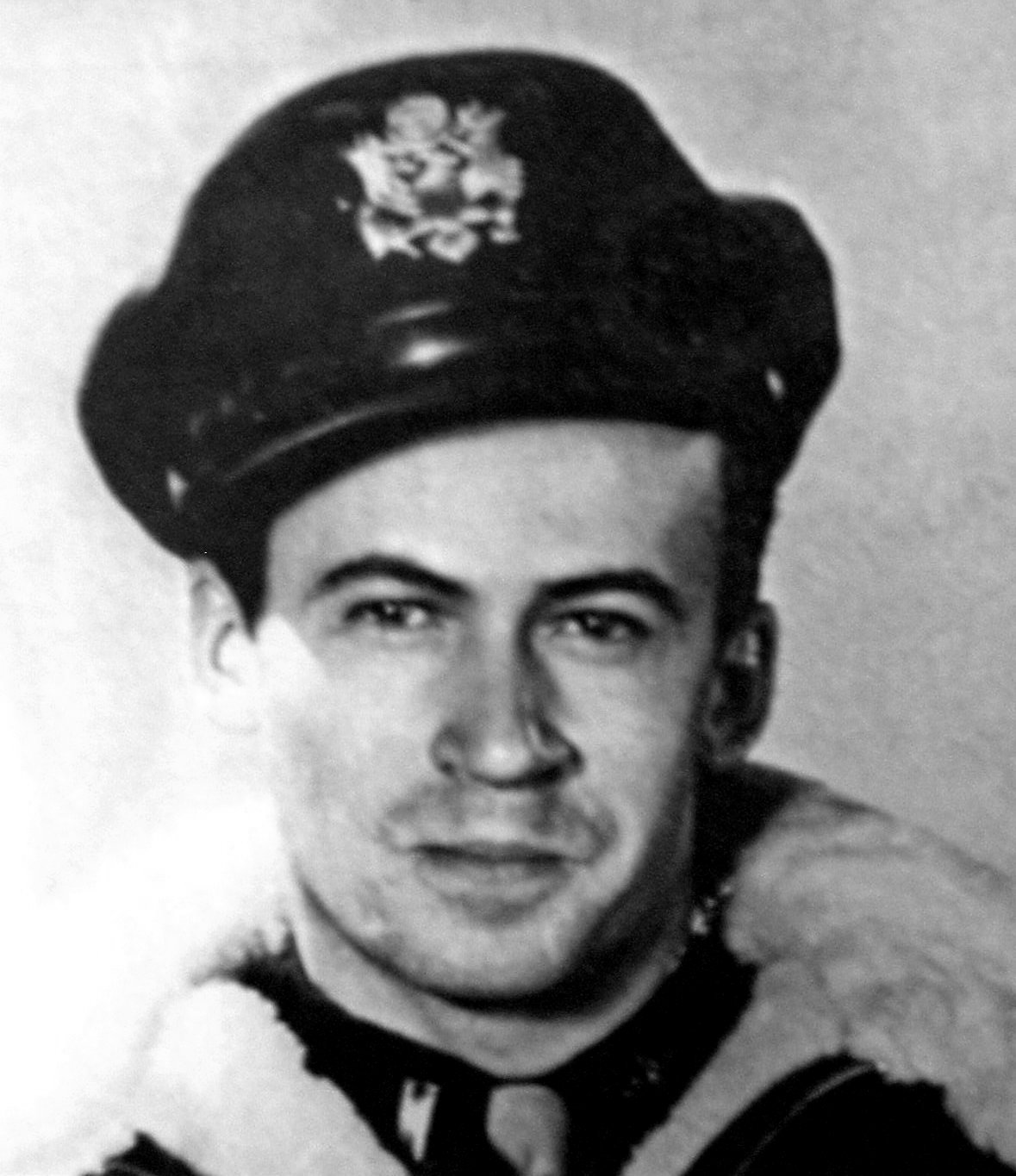
1st Lt Craig B. Ladd
Minneapolis, Minnesota
|
|

1st Lt Robert W. Stuber
Arlington, California
|

1st
Lt Willis F. Hargis
Nacogdoches, Texas
|

TSgt Charles L. Putnam
Colorado Springs, Colorado
|
|
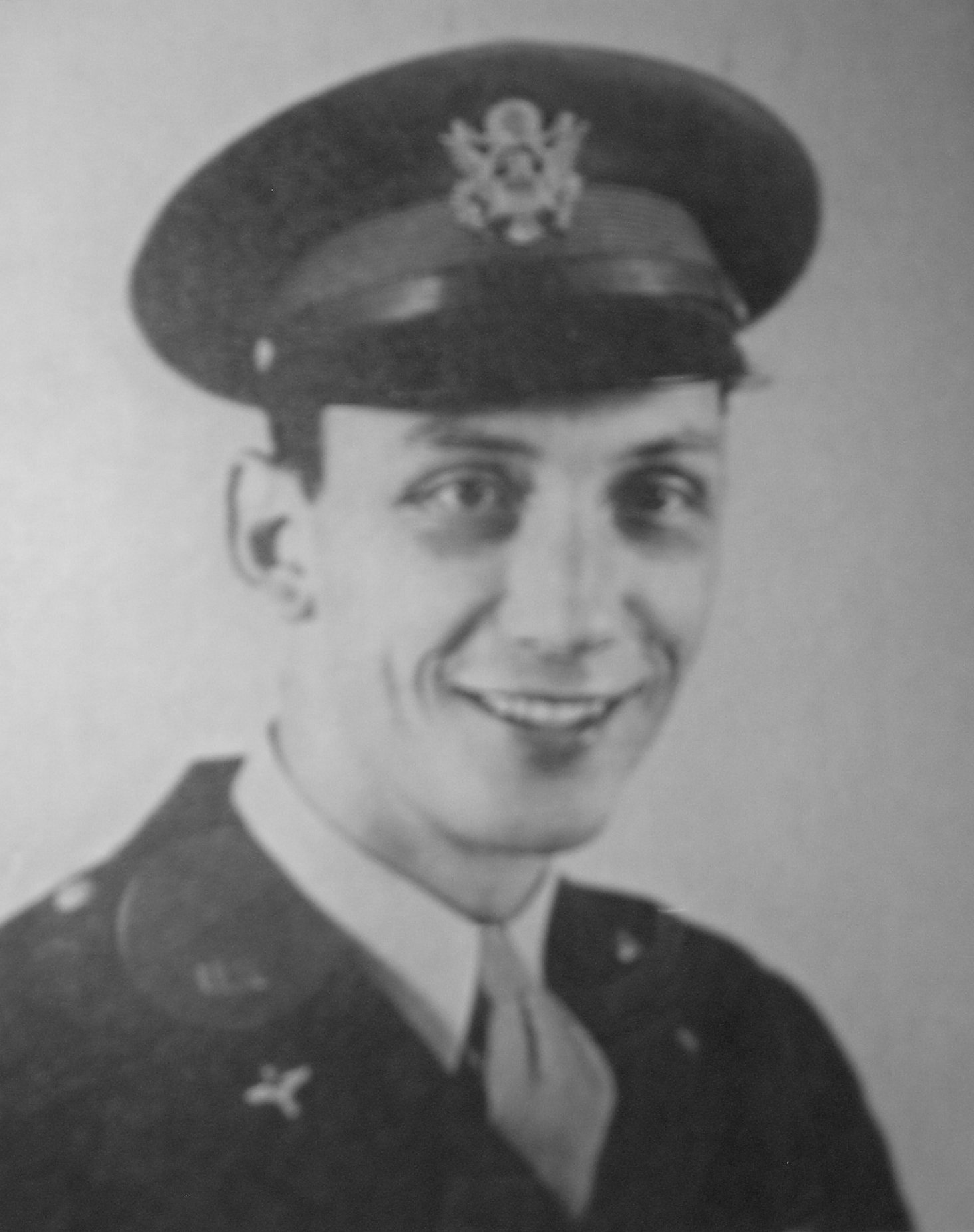
Major Edwin C. Diltz
Fayetteville, Texas
|
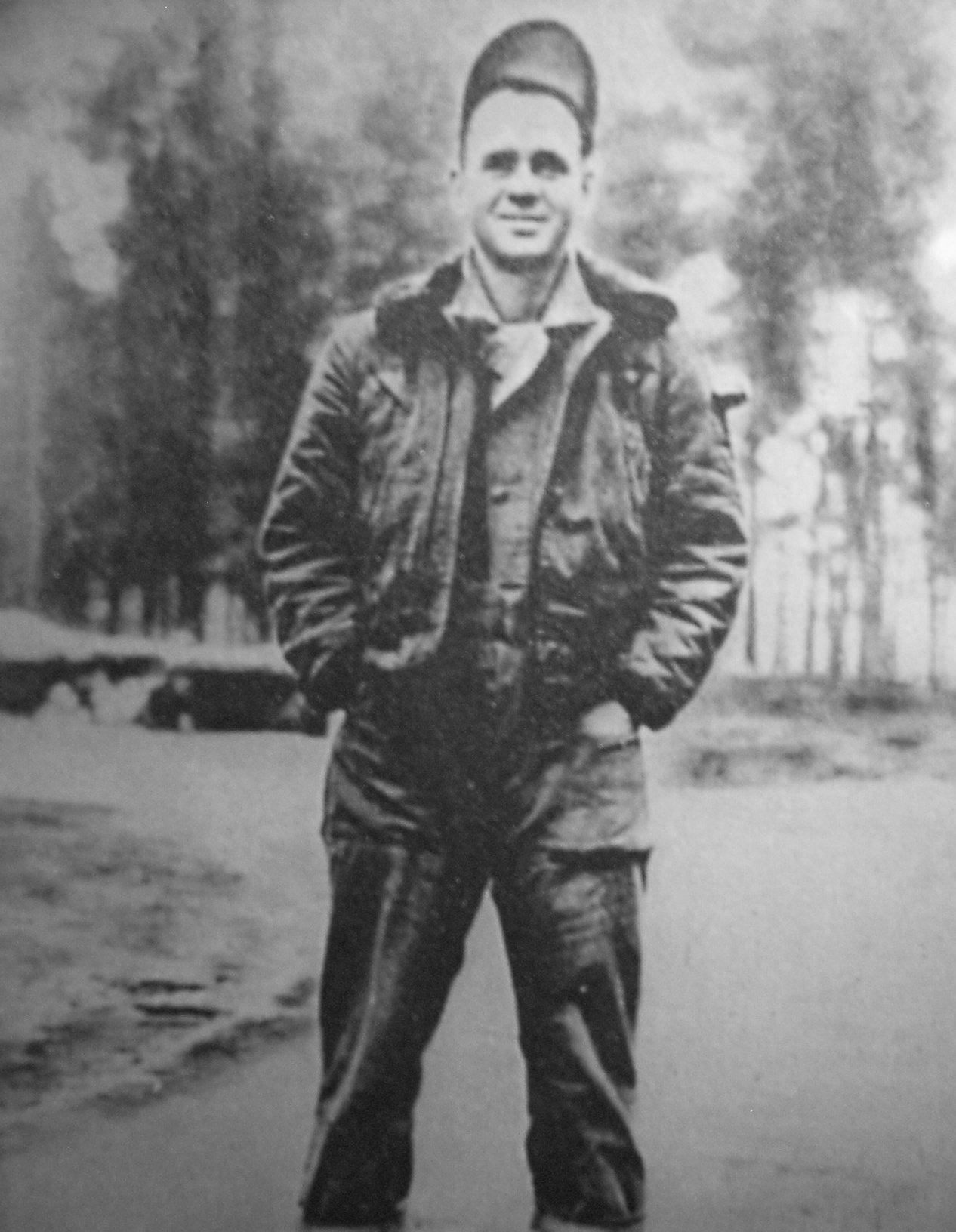
TSgt Lloyd G. Wells
San Antonio, Texas
|

1st Lt Robert P. Weaver
Fort Wayne, Indiana
|
|

Captain
William R. Howard
Gunnison, Mississippi
|
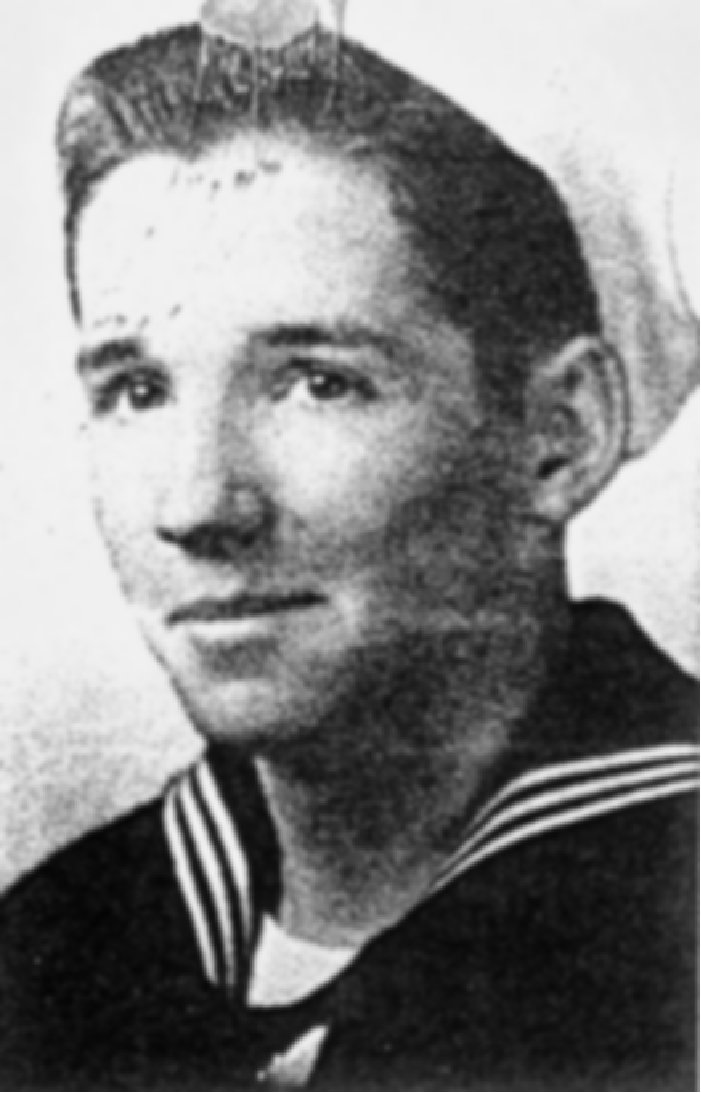
AD/3
Harry R. Crites, Jr.
Lafayette, Indiana
|
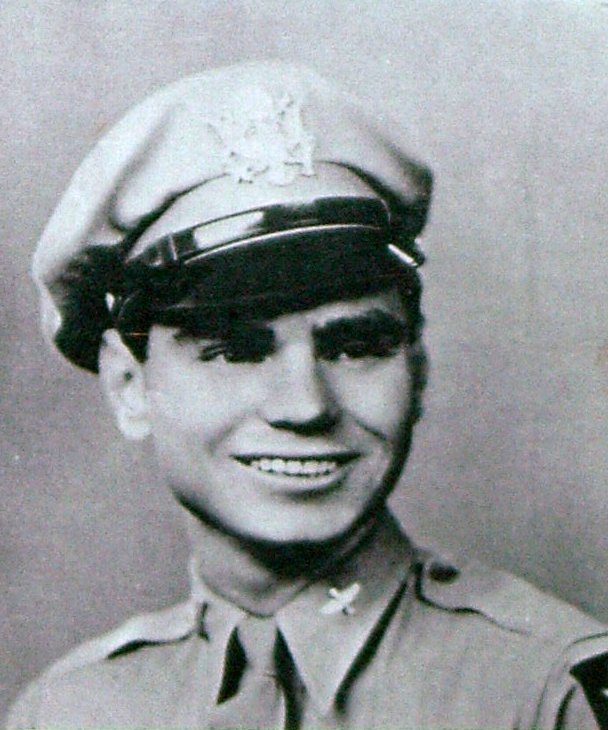
1st Lt Royce C. Stephens
San Antonio, Texas
|
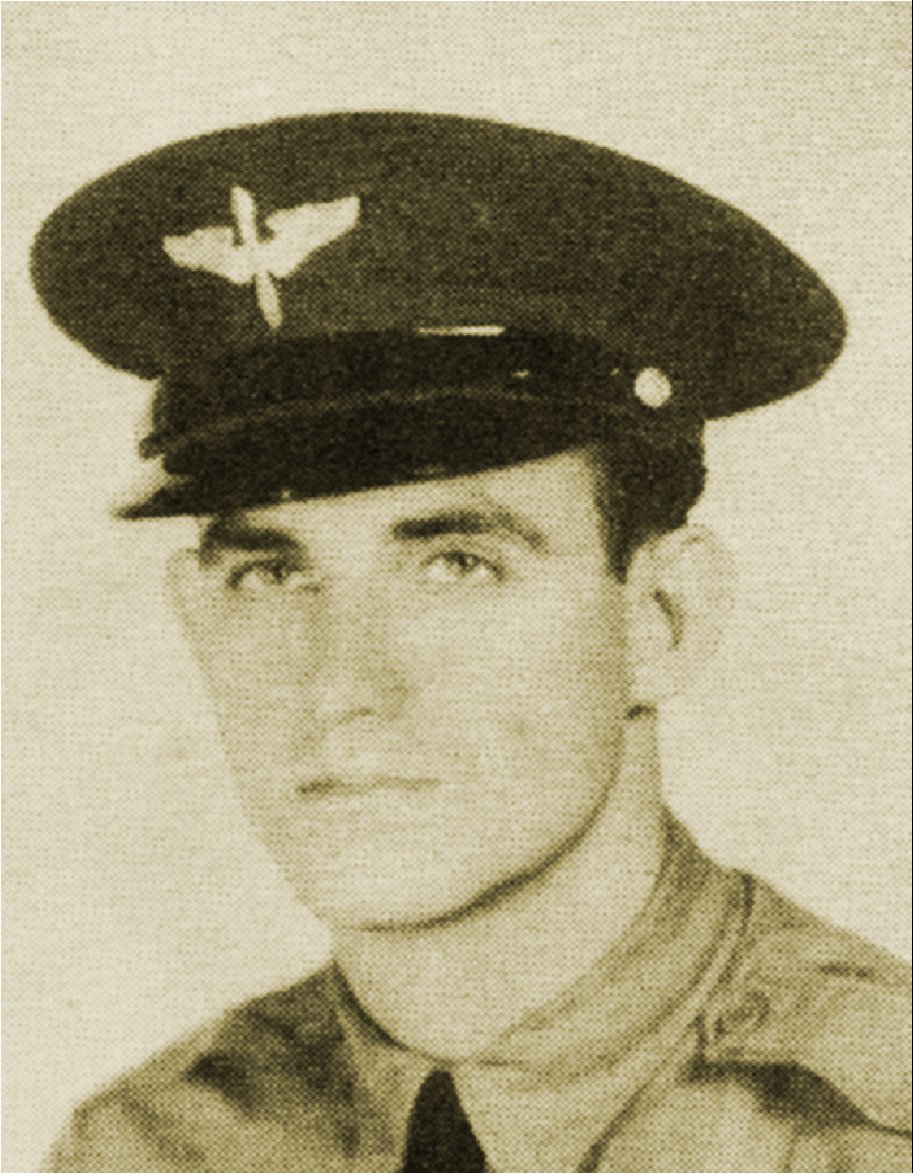
Captain Joel M. DeVolentine
Miami, Florida
|
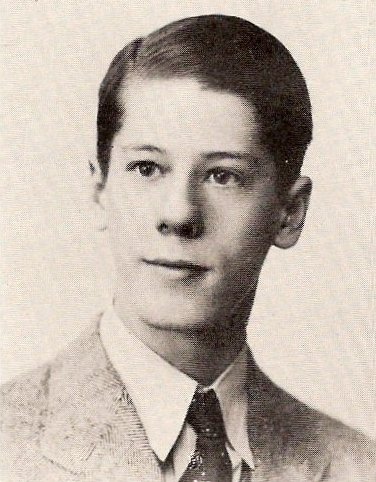
1st
Lt Richard M. Wurgel
Union City, New Jersey
|

1st Lt Robert C. von Luehrte
Covington, Kentucky
|

1st Lt William T. Lucas
Wilson, North Carolina
|

1st Lt Lowell A. Wheaton, Jr.
Corpus Christi, Texas
|

2nd
Lt Donald J. Leemon
Green Bay, Wisconsin
|

PFC Johnny T. Orms
Rhein-Main Air Base
|
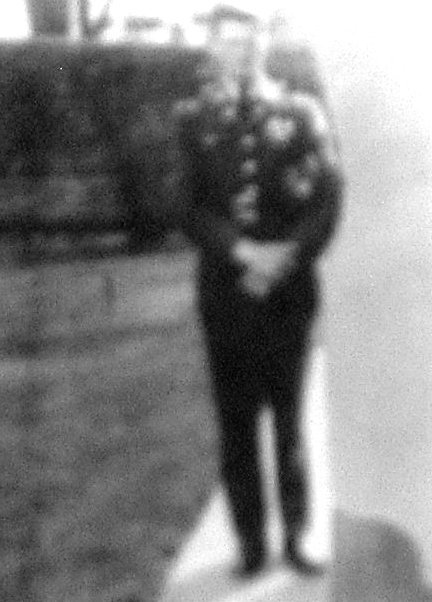
Captain William A. Rathgeber
Portland, Oregon
|

TSgt
Herbert F. Heinig
Fort Wayne, Indiana
|
| |

Sgt
Bernard J. Watkins
Lafayette, Indiana
|
|
(Thanks to Mr. Ronald Hirst of
Wiesbaden, Germany for helping us obtain the photos of these
heroes.)
VIDEO LINKS:
Resources:
Gail S. Halvorsen, The Berlin Candy Bomber
"To Save A City", Roger G. Miller, United States Air Force History
and museums Program, 1998.
"MAC and the Berlin Airlift" by Roger D. Launius and Coy F. Cross
III Military Airlift Command, 1998
"Over The Hump" William H. Tunner, 1964 Duell, Sloan and Pearce. New
York. |
|